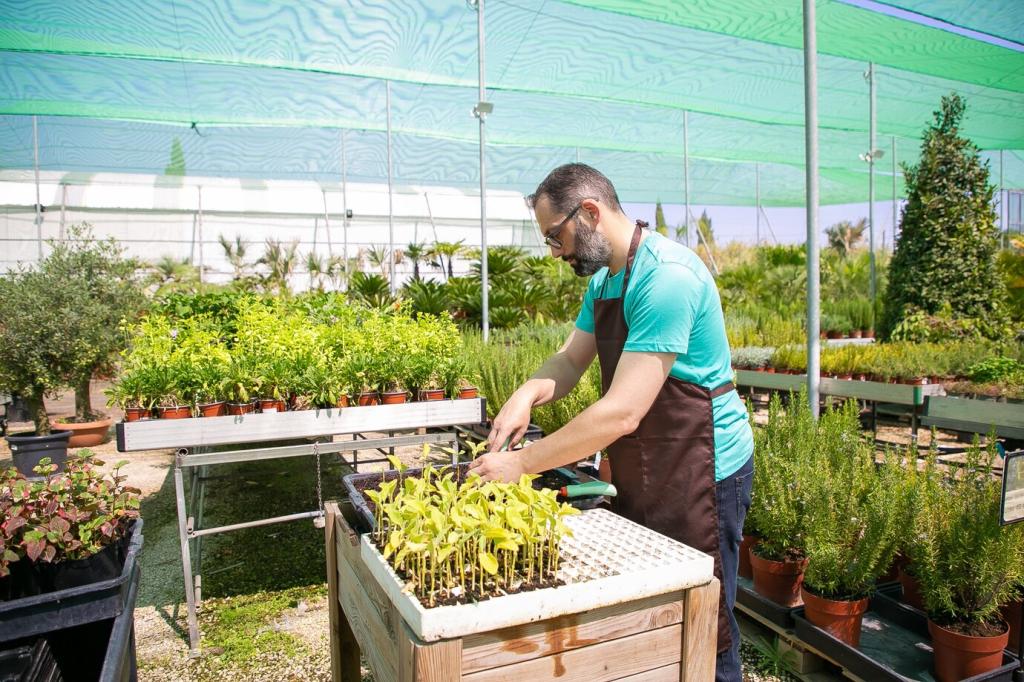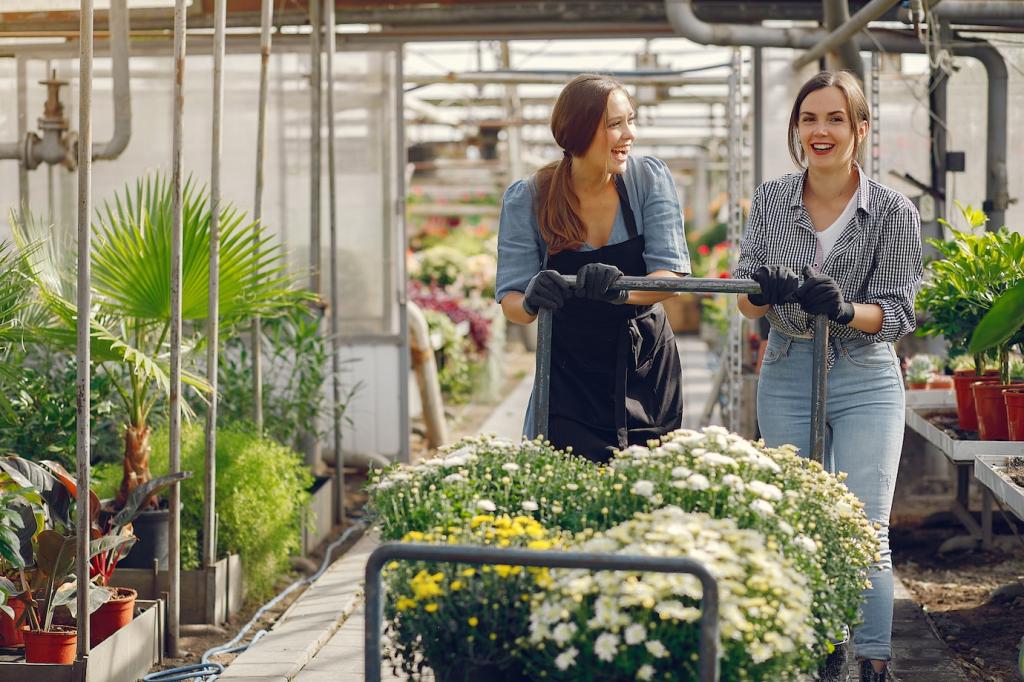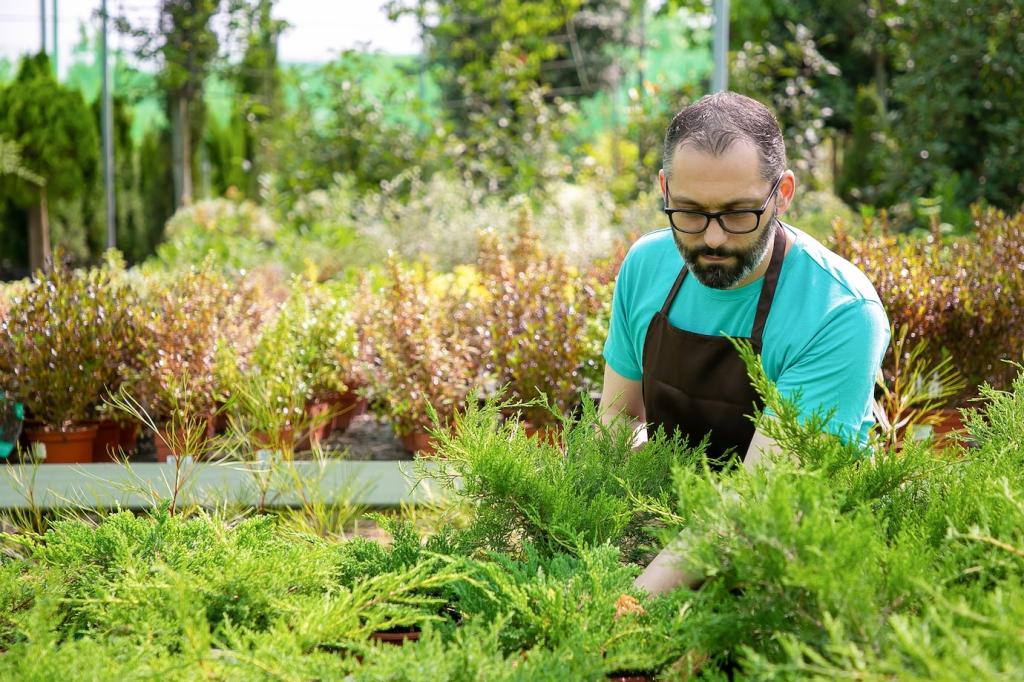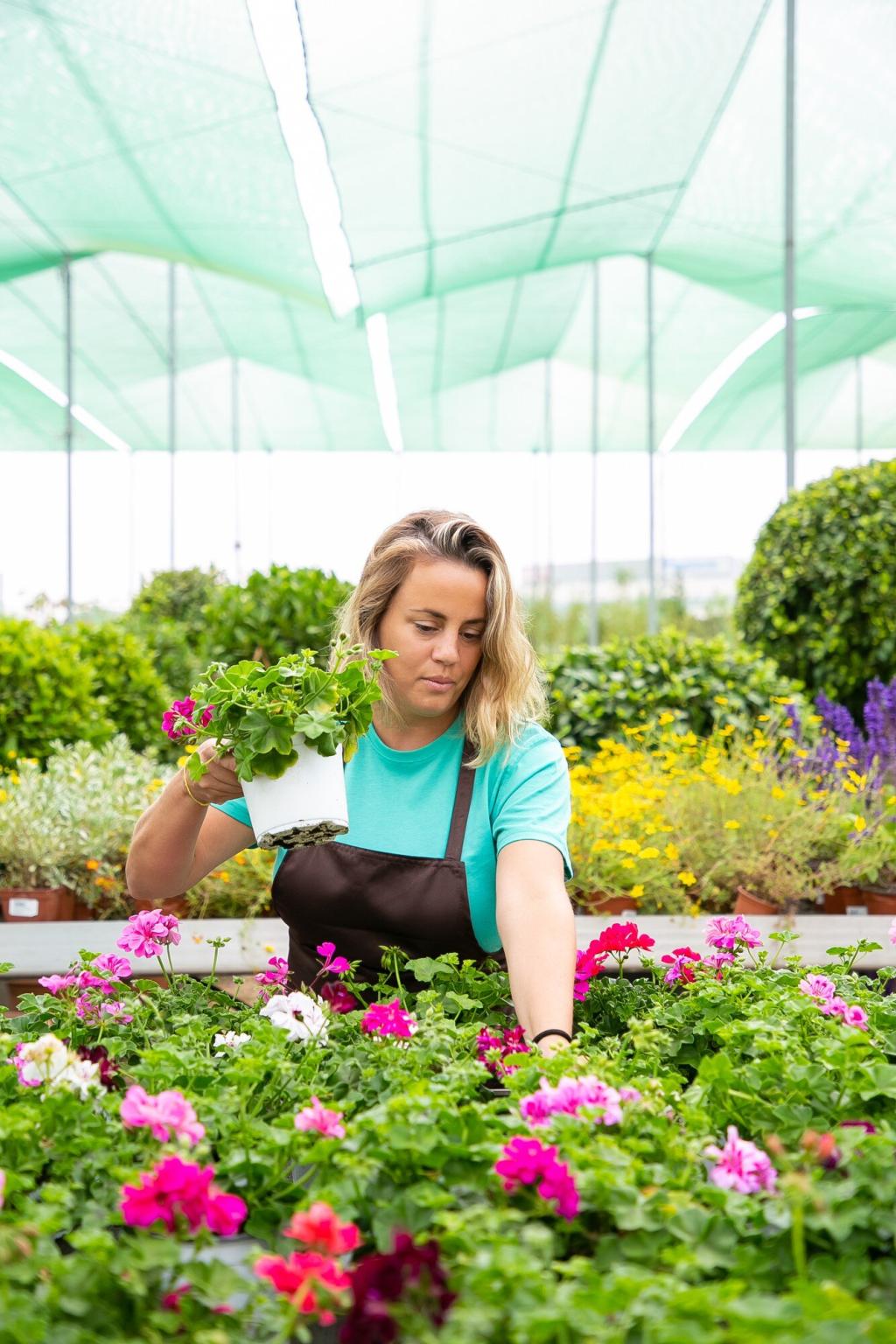Urban gardening is a powerful movement transforming tiny balconies, rooftops, and even windowsills into lush, productive green spaces. For city dwellers, maximizing limited gardening space isn’t just about aesthetics; it’s about creativity, sustainability, and connecting with nature. Whether you’re a beginner or an experienced gardener, learning how to make the most of every square inch can transform your urban living experience into one filled with fresh produce, vibrant flowers, and environmental benefits.
Assessing Your Available Space
The first step to maximizing your garden is identifying every potential area where plants can thrive. This might include rooftops, patios, window ledges, stairways, or even walls and fences. Take time to walk around your living space during different times of the day, noting where sunlight falls and how accessible each spot is. Don’t underestimate narrow corridors or quirky alcoves—sometimes the most unlikely places can be transformed into green oases with a bit of creativity and planning.

Creative Container Solutions
Optimizing Container Sizes and Shapes
Choosing the right size and shape of container is crucial in a confined area. Deeper containers work well for root vegetables, while shallow trays can provide a home for leafy greens and herbs. Consider stacking containers or selecting tiered planter systems to make use of vertical and horizontal spaces simultaneously. Remember that containers determine not only how much you can grow, but also how efficiently you can water and maintain your plants.
Repurposing Everyday Objects
Embracing sustainability, many urban gardeners are turning to creative reuse for their containers. Old buckets, crates, or even retired kitchenware can become mini-gardens with a little modification. This approach not only cuts costs but infuses your garden with personality and unique charm. Just ensure adequate drainage and stability for these unconventional planters, and you’ll be surprised how much additional growing space you can carve out.
Portable Planting for Urban Flexibility
Urban life is often transient—people move, spaces change, and sometimes gardens need to adapt quickly. Portable containers allow you to move your plants as needed, maximizing sunshine during the day or protecting delicate specimens from inclement weather. Wheeled planters or lightweight pots offer urban gardeners the flexibility to rearrange their space as seasons change or needs evolve, keeping their gardens thriving throughout the year.

Climbing and Vining Plants
Climbing plants such as peas, beans, cucumbers, and certain flowers are perfect candidates for maximizing vertical space. By providing them with trellises, arbors, or wires, you encourage vertical growth and effectively double your planting area. This approach not only yields more harvest but also adds layers of greenery, turning bare walls into vibrant backdrops. Choosing the right species for your climate and space ensures continual growth and productivity throughout the season.
Wall-Mounted Planters and Green Walls
Wall-mounted planters take advantage of unused vertical surfaces and allow for creative designs. From modular living wall systems to DIY pockets using recycled materials, these solutions facilitate dense planting in even the smallest areas. Not only do wall planters save floor space, but they also improve air quality and insulation. Careful planning regarding weight and irrigation is crucial, as walls must support both the soil and the mature plants they host.
Hanging Baskets and Overhead Gardens
Suspending baskets from ceilings, beams, or specially installed racks opens up entirely new areas for cultivation. Hanging plants can thrive above sitting areas, walkways, or windows, cascading down and creating a lush, layered effect. This technique minimizes ground clutter and enhances privacy, while also allowing you to grow trailing herbs, strawberries, or ornamental varieties far above the urban hustle.
Smart Plant Selection Strategies
Prioritizing Space-Efficient Varieties
Compact and dwarf plant varieties are specifically bred for container growing and confined spaces. Tomatoes, peppers, and even fruit trees have miniature forms that keep productivity high without outgrowing their homes. By prioritizing these space-saving plants, you can fit more into less area without sacrificing on yield or aesthetics. Always research mature plant sizes before buying seeds or seedlings to avoid overcrowding and disappointment.
Mixing Edibles with Ornamentals
Urban gardening is about more than just food—it’s also the joy of color and design. Mixing edible plants with fragrant flowers or decorative foliage creates diverse, visually appealing spaces. Companion planting can even boost productivity by attracting pollinators and deterring pests. This strategy turns functional gardens into living art, offering both a bountiful harvest and a sanctuary to relax and recharge.
Seasonality and Crop Rotation
A dynamic urban garden takes advantage of seasonal changes for continued success. Planting cool-weather crops in early spring and fall, then switching to heat-loving varieties in summer, extends your growing season and optimizes your space. Crop rotation, even in containers, helps prevent soil fatigue and pest build-up. Keeping a planting calendar aids in maintaining variety and ensures your garden remains both productive and visually engaging throughout the year.
Integrating Technology and Smart Tools
Automated Watering Systems
One hurdle for city dwellers is consistent watering, especially during busy weeks or holidays. Automated irrigation systems, such as programmable drip lines or self-watering planters, ensure your plants receive the right amount of moisture with minimal waste. These systems can be tailored to each plant’s needs, reducing manual labor and supporting healthy growth. Plus, they offer peace of mind, knowing your urban oasis will flourish even when life gets hectic.
Climate and Soil Monitoring Devices
With Wi-Fi-enabled sensors, gardeners now have access to real-time data on temperature, humidity, and soil moisture. These devices provide alerts and recommendations, taking the guesswork out of urban gardening. They allow for fine-tuning plant care to maximize growth while avoiding overwatering or nutrient deficiencies. By monitoring microclimates closely, gardeners can make data-driven decisions that enhance plant health and overall productivity.
Vertical Hydroponic and Aeroponic Systems
Advanced vertical systems like hydroponics and aeroponics make it possible to grow more in less space, without traditional soil. These setups deliver nutrients directly to plant roots and can be stacked or hung to fit tight urban spaces. While they require an initial investment and learning curve, these systems yield rapid growth and high-density planting, making them ideal for avid urban gardeners who want to maximize every available square inch.
Incorporating planter benches, shelving with integrated pots, or tables that double as gardening stations provides growing space while maintaining a clean and organized look. These multi-functional pieces make it possible to combine leisure and cultivation, allowing you to host friends or relax amidst your plants. Such integration makes the most of small balconies or terraces, seamlessly blending lifestyle and gardening in urban environments.

Community Engagement and Shared Spaces
Many cities now boast active gardening groups, offering shared plots or resources to urban residents. Joining these initiatives provides not only additional growing space but also access to communal tools, compost, and expertise. It’s a way to meet like-minded people, share surplus produce, and learn from the collective experience of other gardeners, which can inspire innovation in your own personal space.

Sustainability and Eco-Friendly Practices
Limited area is no excuse for skipping composting. Compact bins, worm farms, or communal compost programs make it easy to recycle kitchen scraps into nutrient-rich soil amendments. Effective composting reduces waste, improves plant health, and closes the resource loop. Embracing this cycle ensures that every peel and cutting benefits your garden and lessens your environmental impact in the urban ecosystem.
